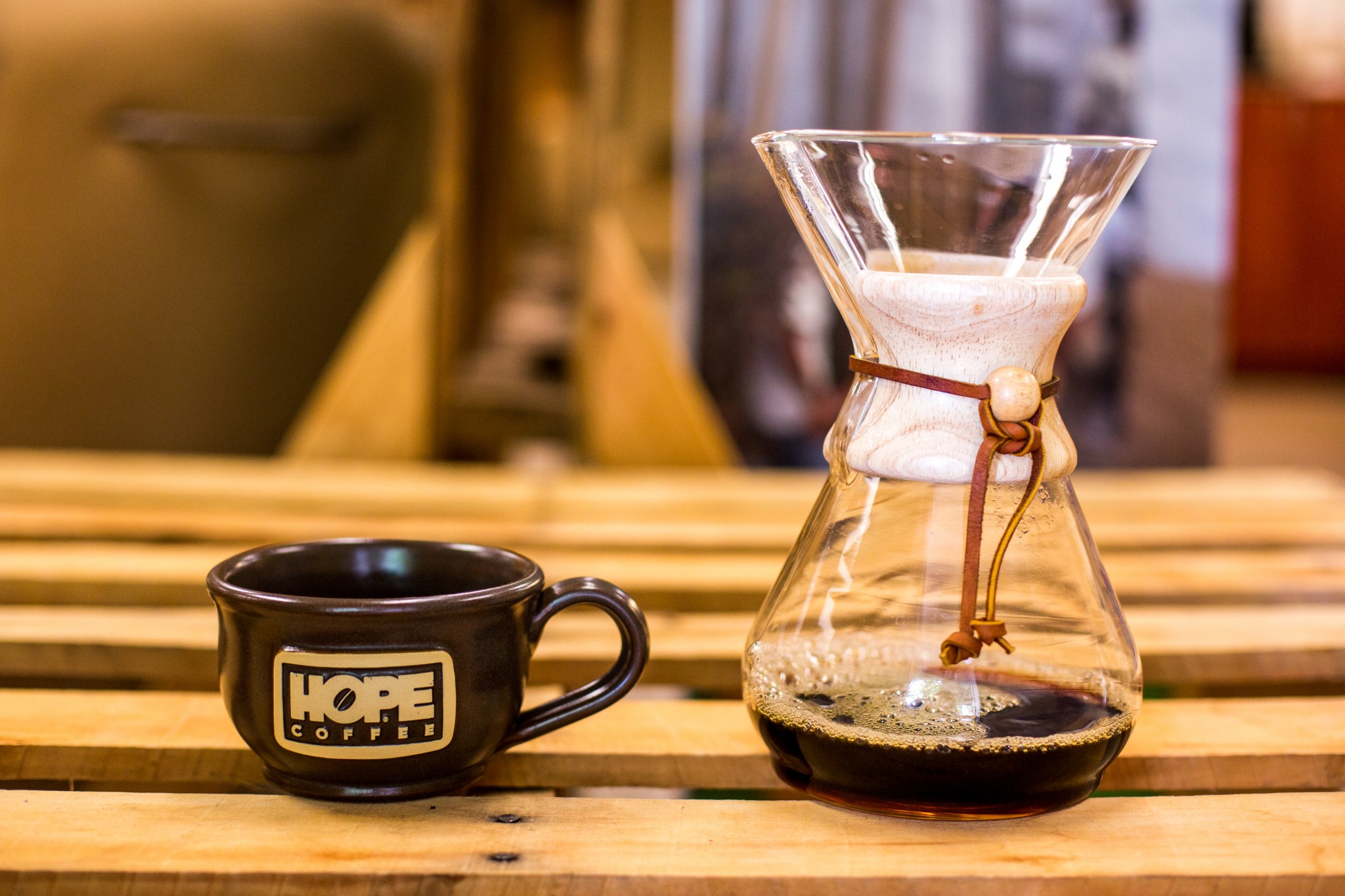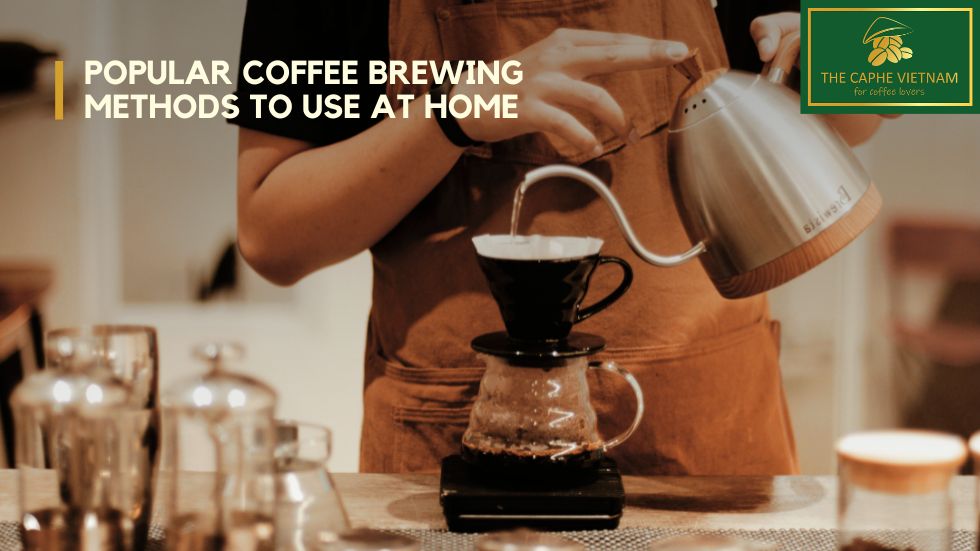A Comprehensive Guide to Various Coffee Brewing Methods You Should Attempt
A Comprehensive Guide to Various Coffee Brewing Methods You Should Attempt
Blog Article
The Science Behind Coffee Developing: Just How Temperature and Time Affect Your Drink
Comprehending the science behind coffee developing reveals that temperature and time are not plain variables yet pivotal components that dictate the drink's flavor profile and overall high quality. As we explore the subtleties of these aspects, the concern occurs: exactly how can one successfully equilibrium temperature and time to attain that ideal mixture?
The Chemistry of Coffee Removal
The chemistry of coffee extraction explores the detailed processes that transform raw coffee beans into the fragrant drink taken pleasure in worldwide. This makeover mostly involves the solubility of various substances existing in the beans, which are affected by factors such as grind size, water top quality, and the brewing approach used.
During the brewing process, hot water serves as a solvent, removing soluble substances, consisting of high levels of caffeine, sugars, acids, and lipids, from the coffee premises. Each substance adds to the flavor account, aroma, and body of the final drink. Acids are accountable for tangy and brilliant notes, while oils contribute to a rich mouthfeel.
The preliminary phases of developing remove acids and sugars, leading to a positive acidity, while prolonged removal can lead to bitterness due to over-extraction of unfavorable substances. Recognizing these chemical interactions is crucial for optimizing developing techniques, as the balance in between removal time and water temperature level can significantly affect the total high quality of the coffee.
Suitable Developing Temperatures
Locating the ideal brewing temperature is essential for unlocking the full capacity of coffee flavors and scents - coffee brewing methods. Research study suggests that the optimum range for brewing coffee lies in between 195 ° F to 205 ° F(90 ° C to 96 ° C) Within this variety, the removal process effectively liquifies the preferable soluble compounds in coffee beans, causing a balanced and tasty mug
Developing at reduced temperatures, such as below 195 ° F(90 ° C ), might cause under-extraction, generating an acidic and weak brew with muted flavors. Conversely, developing at temperatures exceeding 205 ° F(96 ° C) can result in over-extraction, generating a bitter and extreme preference because of the excessive dissolution of unfavorable compounds, such as tannins.
Additionally, the excellent developing temperature level can differ relying on the coffee bean kind and roast level. As an example, lighter roasts frequently gain from slightly greater temperatures to boost their complex flavor profiles, while darker roasts might be better matched to reduced temperature levels to reduce anger.
Inevitably, preserving accuracy in brewing temperatures is critical for achieving an unified balance of flavors, making certain that every cup of coffee delivers a gratifying sensory experience.
Impact of Brewing Time
Brewing time plays an essential function in identifying the flavor account and general high quality of coffee. The extraction process, which affects the taste, fragrance, and body of the beverage, is greatly based on the length of time the coffee grounds are in call with water. Much shorter developing times can cause under-extraction, leading to a sour or weak flavor, as not nearly enough soluble substances are liquified. On the other hand, prolonged developing can lead to over-extraction, where undesirable compounds are launched, leading to an astringent or bitter taste.
Ideal developing time varies depending on the technique used and the work size of the coffee. For instance, a French press commonly calls for about 4 mins, while coffee removal is usually finished within 25 to more 30 seconds. It is important to calibrate brewing time in combination with various other variables, such as water temperature level and coffee-to-water ratio, to accomplish the desired flavor account.
Comprehending the influence of developing time allows coffee fanatics to refine their brewing methods, ultimately enhancing the sensory experience of their mug (coffee brewing methods). With careful interest to this variable, one can unlock the complete capacity of the coffee, exposing its unique features and nuances
Developing Methods and Their Impacts

For circumstances, approaches like French press and cold brew permit a much longer steeping time, causing a fuller body and robust flavor because of boosted extraction of oils and soluble solids. Alternatively, espresso brewing utilizes high stress and a shorter extraction time, generating a concentrated shot that highlights intense tastes and a rich crema.
Pour-over methods, such as Chemex or V60, provide a more controlled extraction process, allowing the brewer to control circulation rate and water distribution, which can enhance illumination and quality. Meanwhile, percolation techniques cycle water through the coffee premises numerous times, leading to a stronger, commonly bitter flavor.
Lastly, using paper filters versus metal filters can also influence the last taste; paper filters normally produce a cleaner mug by trapping oils and great particles, while metal filters enable even more oils to pass through, contributing to a fuller mouthfeel - coffee brewing methods. Comprehending these nuances can raise the coffee experience considerably
Tips for Refining Your Brew
A well-executed brew can change even the their website easiest coffee right into an exceptional experience. To accomplish this, focus to detail is important. Beginning Get the facts with top quality, fresh baked beans, as their taste account diminishes with time. Grind the beans prior to making to take full advantage of quality, making sure the work dimension matches your brewing approach-- coarser for French press and finer for coffee.
Water top quality plays a vital role; use filtered water devoid of pollutants. The optimal brewing temperature ranges between 195 ° F and 205 ° F(90 ° C to 96 ° C ) Also warm can swelter the coffee, while also trendy might under-extract tastes.
Timing is similarly important. For immersion methods, soaking for 3 to 5 mins is optimum, whereas drip approaches typically take about 5 minutes. Explore mixture times to find your recommended stamina.

Verdict
In recap, the elaborate connection in between temperature level and time is critical in the coffee developing process. Sticking to optimum developing temperatures in between 195 ° F and 205 ° F, along with accurate timing tailored per method, guarantees the desired flavor account is achieved. Recognizing these clinical concepts equips people to fine-tune their developing techniques, eventually bring about an extra well balanced and satisfying coffee experience. Mastery of these variables is crucial for any type of coffee fanatic looking for excellence in their beverage.
Recognizing the science behind coffee developing discloses that temperature level and time are not plain variables however essential aspects that determine the beverage's flavor profile and overall top quality. Recognizing these chemical interactions is vital for maximizing developing strategies, as the balance between removal time and water temperature level can considerably influence the overall top quality of the coffee.Developing time plays a critical duty in determining the taste account and total quality of coffee. By concentrating on these components-- bean quality, grind size, water temperature level, soaking time, and ratio-- you can raise your coffee brewing procedure, resulting in a constantly remarkable mug.
In recap, the detailed relationship between temperature level and time is vital in the coffee developing process.
Report this page